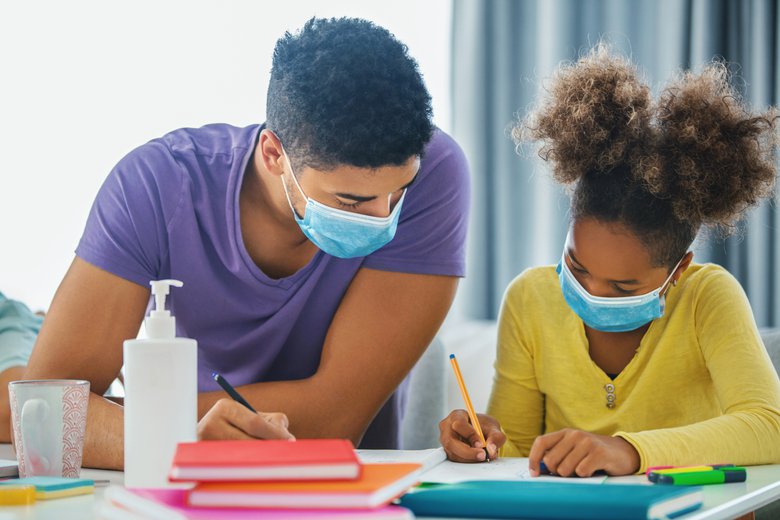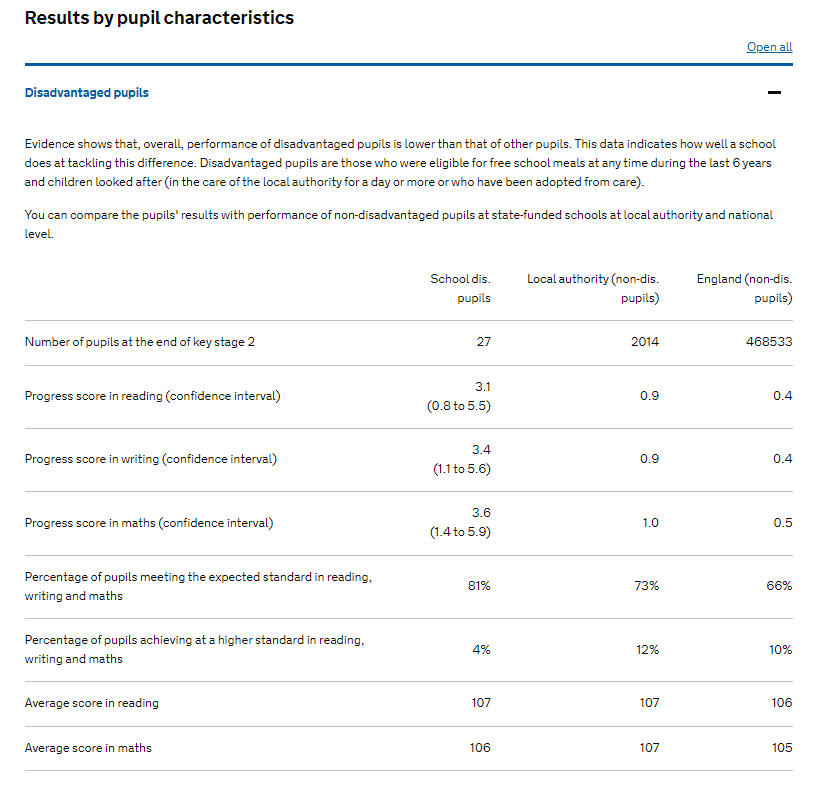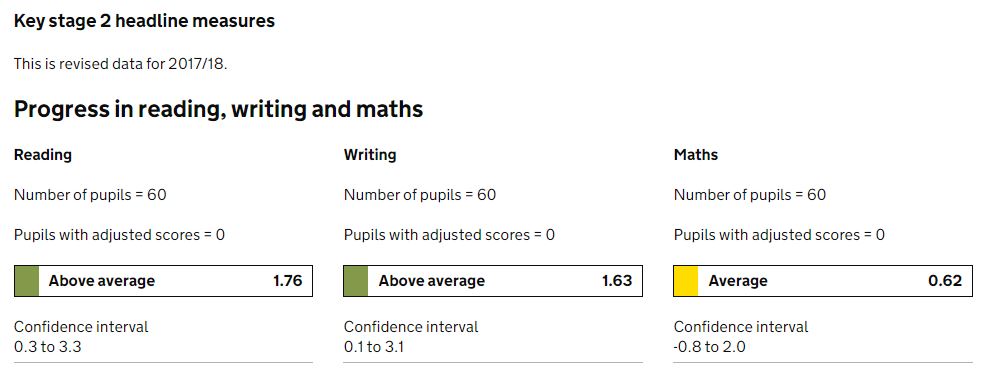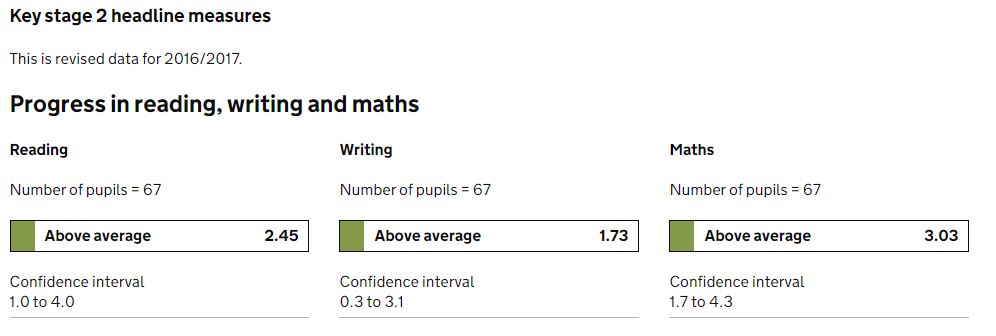2024/2025 Pupil Premium Fu nding Statement
nding Statement
Updated Autumn 2024
The Pupil Premium is grants provided from central government direct to schools. It is in addition to the school's delegated budget and is targeted to support the following uses:
Use of Pupil Premium funding: It’s up to school leaders to decide how to spend the pupil premium.This is because school leaders are best-placed to assess their pupils’ needs and use funding to improve attainment. Evidence suggests that pupil premium spending is most effective when schools use a tiered approach, targeting spending across the following 3 areas below but focusing on teaching quality - investing in learning and development for teachers. Teaching - Schools arrange training and professional development for all the their staff to improve the impact of teaching and learning for pupils. Academic support - Schools should decide on the main issues stopping their pupils from succeeding at school and use the pupil premium to buy extra help. Wider approaches - This may include non-academic use of the pupil premium such as: school breakfast clubs, music lessons for disadvantaged pupils, help with the cost of educational trips or visits, speech and language therapy. Schools may find using the pupil premium in this way helps to:
- increase pupils’ confidence and resilience
- encourage pupils to be more aspirational
- benefit non-eligible pupils
Schools can spend their pupil premium on pupils who do not meet the eligibility criteria but need extra support.
Catch-up funding: Where this is provided, schools should use this funding for specific activities to support their pupils to catch up for lost teaching over the previous months, in line with the curriculum expectations for the next academic year in actions for schools during the coronavirus outbreak. While schools can use their funding in a way that suits their cohort and circumstances, they are expected to use this funding for specific activities which will help pupils catch up on missed education.
Documents for download:
CURRENT 3 YEAR PUPIL PREMIUM STRATEGY & ANNUAL 2024 TEMPLATE DOCUMENT
EXTERNAL PUPIL PREMIUM REVIEW REPORT & PLAN 2015
The Pupil Premium funding & Catch Up is in addition to the main school funding. Below are the details of funding allocated to St Margaret's since the grant was introduced:
| Financial Year | PP Total Allocation | Catch Up Allocation (incl carry forwards) |
|
2016/17 2017/18 2018/19 2019/20 2020/21 2021/22 2022/23 2023/24 2024/25 |
£ 175,560 £188,860 £180,939 £188,640 £202,944 £209,042 £214,538 £230,065 |
NA NA NA NA £32,000 £33,741 £31,573 £37,997 |
A summary of the main barriers faced by eligible pupils:
These are outlined in the documents available from the links above.
How the allocation is to be spent to address those barriers and the reasons for that approach:
The school seeks to spend the money directly on key initiatives that will have a specific impact on the achievement of vulnerable pupils and those most at risk of under-achievement due to COVID. As far as its powers allow, the school will use the additional funding to address any underlying inequalities between children eligible for Pupils Premium and others, under the banner 'No Child Left Behind'. The school identifies those pupils who need the most urgent of support to make the same favourable progress as non-vulnerable pupils nationally. It evaluates the success of previous year initiatives and seeks to continue the most effective and introduce new approaches where necessary.
In planning the allocation of funds the following criteria have been considered:
- The work being undertaken as part of implementation of the Learning Cycle
- Research from The Sutton Trust
- Children’s progress in their previous year group and setting
- The target setting for pupils in Reading, Writing and Maths
- Discussion with parents
- Arrangements for children with special educational needs and for more able children
- Additional support already provided by the school
New approaches from 2018 - 2024:
- Increase use of qualified teachers, both as Achievement Mentors and Academic Mentors
- Spring Holiday booster classes
- Parenting support for Eartly Help incl Programme for Year 1 parents
- Additional remote learning interventions
- Music tuition for financially vulnerable
- Reading Pus Online Reading
- Small group and 1:1 tuition
- Provision of Chromebooks for academic and digitally vulnerable
During the last five years the school has developed targeted support through additional teaching resources. Over this period of time the school has reduced the role teaching-assistants play in supporting pupil premium pupils individually and looked at their role to improve whole calss teaching. It has also increased the role of qualified teachers. This will continue as a main drive for 2024/25.
Early Years Foundation Stage: As the children settled into school last autumn term we gave some additional support in class to several of the children to enable them to settle, foster positive relationships with parents and make good progress. During the year we introduced home visits by a member of the children’s support services, which supported links between school and home. The impact of the visits was enabling all EYFS PP families in school regular working alongside their child and engaging with staff. This had a positive impact on the progress children made.
How impact will be measured:
All teachers are responsible for the attainment and progress of all children in their class. During the year, the impact of all initiatives is monitored by class teachers under the direction of the School Improvement Lead, Mr Lankertis. Mr Lankertis reports termly to the Governors Chairs Committee on the impact of pupil premium funding to ensure that it is being used most effectively
Examples of this monitoring include the identification of support within Closing the Gap Plans, feedback to the leadership team on impact of intervention, reporting to the governors, annual report of the ECaR programme and Phase Leader reviews of data.
Review of the strategy
The dates for the next review of the Pupil Premium & Catch-up strategy will be:
- September 2025
Its impact on eligible and other pupils:
Key Stage 2 all pupils 2023/2024
There were no progress scores so we can only publish attainment.
Key Stage 2 all pupils 2022/2023

Disadvantaged 2022/2023

--------------------------------------
Key Stage 2 all pupils 2021/2022

Key Stage 2 2019/2020 & 2020/2021 no data as no SATS (COVID)
--------------------------------------
Key stage 2 all pupils 2018/2019
Key stage 2 disadvantaged
This is revised data for 2018/19.
Average progress for disadvantaged pupils in reading, writing and maths
|
Reading |
Writing |
Maths |
|
|
Progress score for disadvantaged pupils |
-0.92 |
0.84 |
0.52 |
|
Confidence interval |
-3.3 to 1.5 |
-1.4 to 3.1 |
-1.6 to 2.6 |
|
Number of disadvantaged pupils |
25 |
25 |
25 |
|
Disadvantaged pupils with adjusted scores |
0 |
0 |
0 |
|
National average for non-disadvantaged pupils |
0.32 |
0.27 |
0.37 |
|
National average for disadvantaged pupils |
Like-for-like |
Like-for-like |
Like-for-like |
--------------------------------------
Key stage 2 all pupils 2017/2018
Key stage 2 disadvantaged
This is revised data for 2017/18.
Average progress for disadvantaged pupils in reading, writing and maths
|
Reading |
Writing |
Maths |
|
|
Progress score for disadvantaged pupils |
0.59 |
1.02 |
0.52 |
|
Confidence interval |
-1.7 to 2.9 |
-1.2 to 3.2 |
-1.6 to 2.6 |
|
Number of disadvantaged pupils |
25 |
25 |
25 |
|
Disadvantaged pupils with adjusted scores |
0 |
0 |
0 |
|
National average for non-disadvantaged pupils |
0.31 |
0.24 |
0.31 |
|
National average for disadvantaged pupils |
Like-for-like -0.59 |
Like-for-like -0.44 |
Like-for-like -0.58 |
--------------------------------------
Key stage 2 all pupils 2016/2017
Key stage 2 disadvantaged 2016/2017
This is revised data for 2016/2017.
Average progress for disadvantaged pupils in reading, writing and maths
|
Reading |
Writing |
Maths |
|
|
Progress score for disadvantaged pupils |
2.37 |
1.50 |
2.95 |
|
Confidence interval |
0.2 to 4.6 |
-0.7 to 3.7 |
1.0 to 5.0 |
|
National average for non-disadvantaged pupils |
0.33 |
0.18 |
0.29 |
|
Number of disadvantaged pupils |
30 |
30 |
30 |
Shaded colours show red for significantly below national like-for-like, yellow for broadly inline with national like-for-like having factored in the individual needs of pupils e.g. profound SEN., green for above and significantly above national like-for-like.









 Tweets by @smceps
Tweets by @smceps